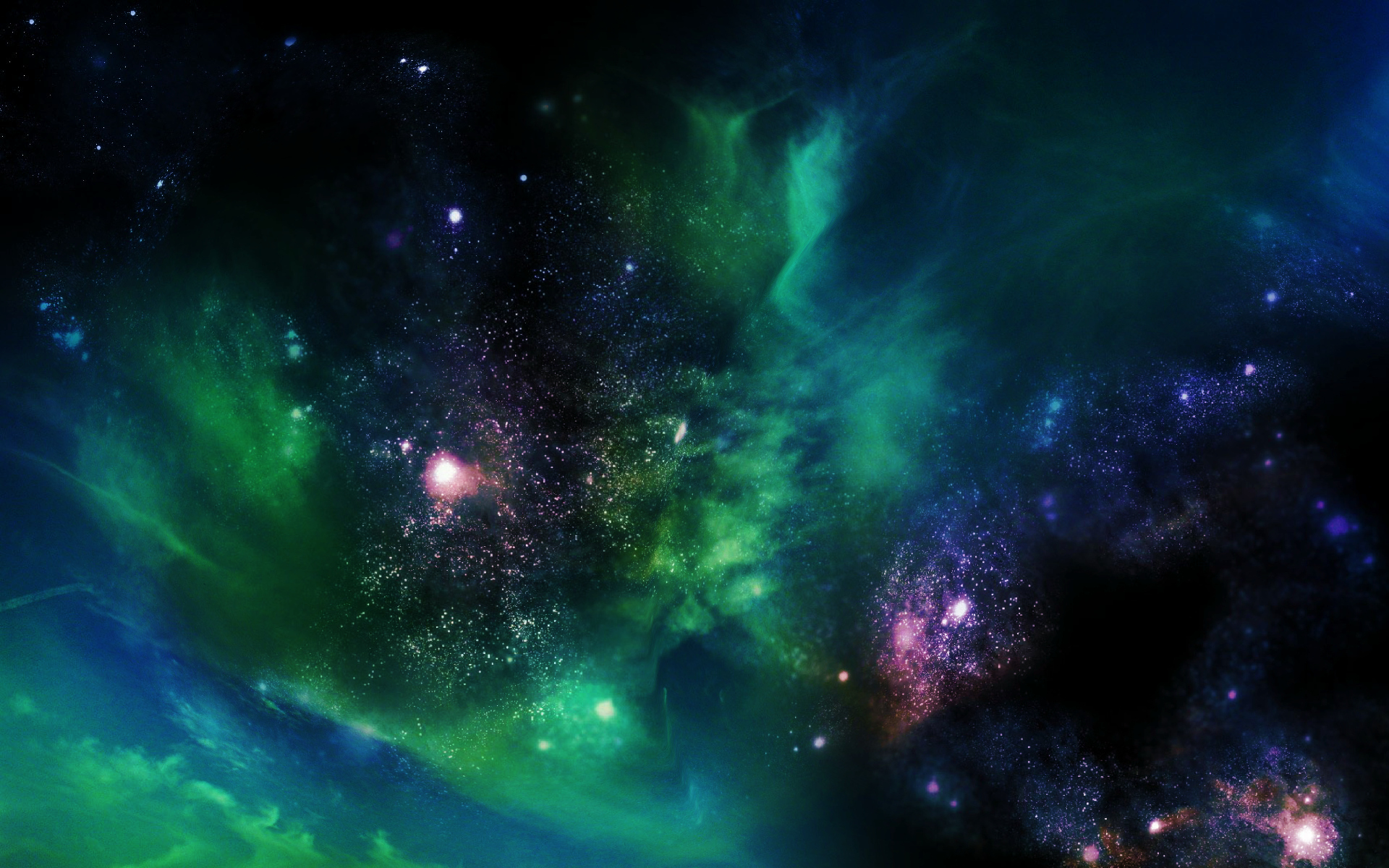
Analyzing a galaxy through a gravitational lens, astronomers obtained images 10 times sharper than Hubble could see on its own.

NASA’s Kepler space telescope team has identified 219 new planet candidates, 10 of which are near-Earth size and in the habitable zone of their star

The construction of the world’s largest telescope has begun. Officials gathered to celebrate the first stone of the European Extremely Large Telescope’s (E-ELT) long-awaited construction.

The next generations will be fed a steady diet of images and discoveries stemming from the Super Telescopes. And the LUVOIR will be front and centre among those ‘scopes.

The aging space observatory, which launched into low Earth orbit on April 24, 1990, kicked off this year's birthday celebration with some dazzling new views of a pair of spiral galaxies.

The WFIRST mission, the next in the agency’s line of powerful observatories after the Hubble and James Webb telescopes to probe the make-up of planets around nearby stars and a bigger-than-expected launch vehicle.

The Event Horizon Telescope, or EHT, is a network of around ten radio telescope observatories across the planet, synchronized via the most precise atomic clocks, and pointed directly at the center of our galaxy.
One particular goal of JWST involves observing some of the most distant events and objects in the Universe. Another goal is understanding the formation of stars and planets. This will include direct imaging of exoplanets.

The telescope, located 5,250 meters above sea level, will detect and gather precise data on primordial gravitational waves in the Northern Hemisphere. It is expected to be operational by 2021.

The world’s largest filled single-dish radio telescope launched at the weekend. The Five-hundred-metre Aperture Spherical Telescope (FAST) in the southwestern province of Guizhou, China is now operational.

A prototype part of the software system to manage data from the Square Kilometre Array (SKA) telescope has run on the world’s second-fastest supercomputer in China.

Now a Chinese observatory has superseded Arecibo. Installation of the 500-meter FAST radio telescope is complete, with the last triangular reflector put into place. The observatory is expected to begin observing the heavens in September.

The 500-meter dish will now listen out for signs of extra-terrestrial life.

Astronomers working with the European Space Agency's (ESO) Very Large Telescope (VLT) in Chile have just announced that a black hole-observing device called GRAVITY is now fully operational and it's has already provided one accurate measurement.

High efficiency ultra-thin planar lens could replace heavy, bulky lenses in smart phones, cameras and telescopes.